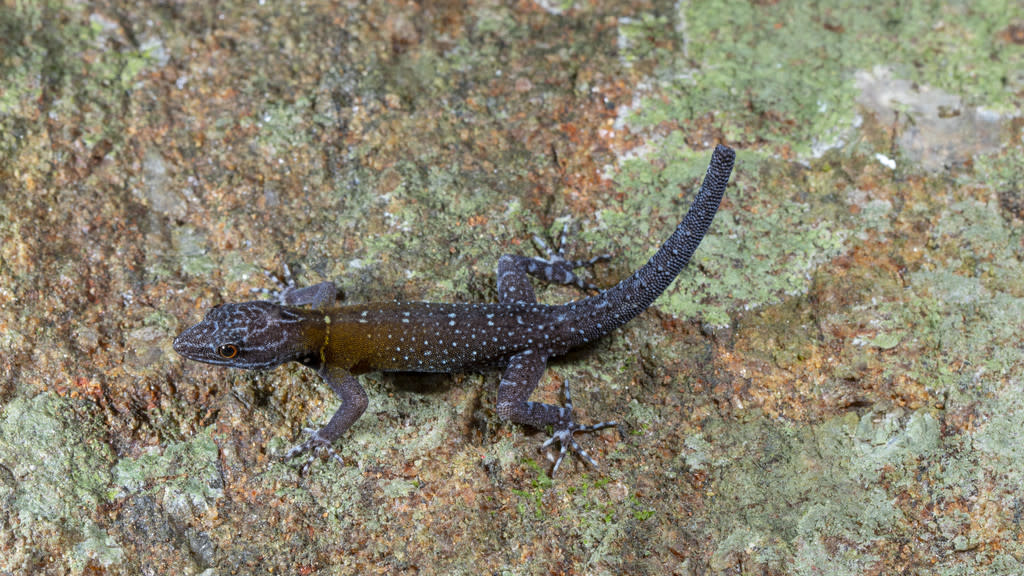Newly discovered gecko species resembles Van Gogh's 'Starry Night'

A vibrant new species of gecko discovered in the southern regions of India has been named in honour of the renowned artist Vincent Van Gogh.
The species, dubbed Cnemaspis vangoghi, showcases a vivid yellow-gold colouration adorned with light blue spots and streaks across its back and head, reminiscent of the dynamic swirls found in Van Gogh's masterpiece, "The Starry Night."
Researchers from the Thackeray Wildlife Foundation in Mumbai were conducting an expedition through the South Western Ghats ecoregion in Tamil Nadu when they stumbled upon the new species.
The expedition, which took place in 2022, also led to the discovery of another species of gecko named Cnemaspis sathuragiriensis, after the Sathuragiri Hills, a pilgrimage site in the region.
The team, comprised of Akshay Khandekar, Tejas Thackeray, and Ishan Agarwal, published their findings in a March 2024 edition of the peer-reviewed scientific journal ZooKeys. The researchers found several specimens of Cnemaspis vangoghi on their expedition, giving them an impression of the species' characteristics and living conditions.
According to the research paper, the gecko can reach close to 1.4 inches in length and live over 1,300 feet above sea level.
Though diurnal, they seem most active during the early morning and evening, when temperatures cool, and are commonly found on rocks and trees. Geckos belong to the Gekkonidae family, a group of small to medium-sized lizards notable for their exceptional ability to climb smooth surfaces, thanks to their specialised toe pads.
The lizards are common in warm climates globally and are distinguished by their vocal communications. Most gecko species are nocturnal, using their large, sensitive eyes to navigate in dim light.

 Yahoo News
Yahoo News 
